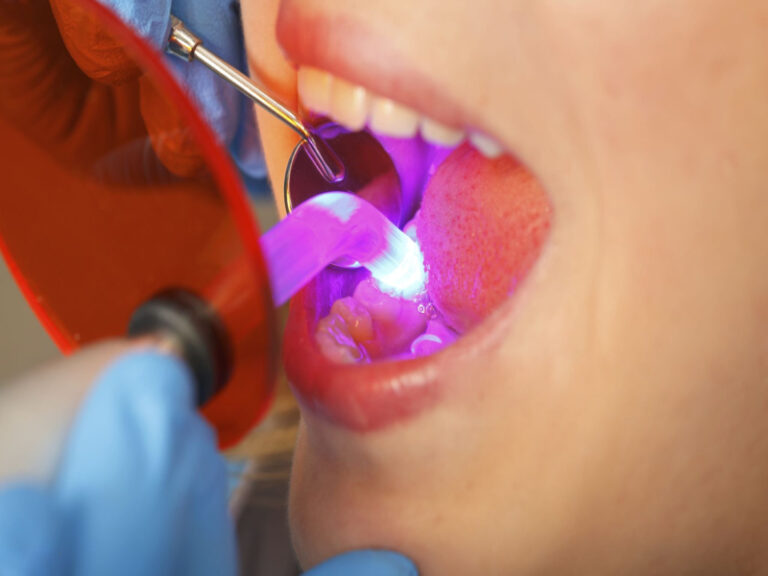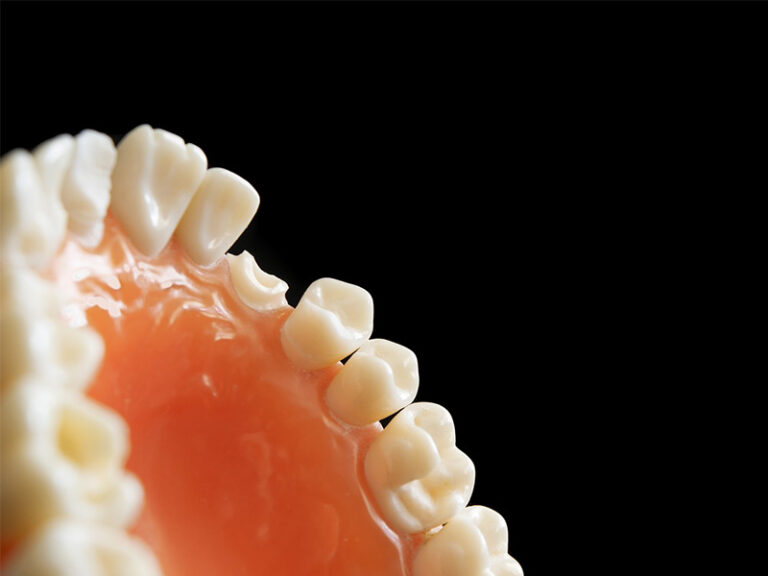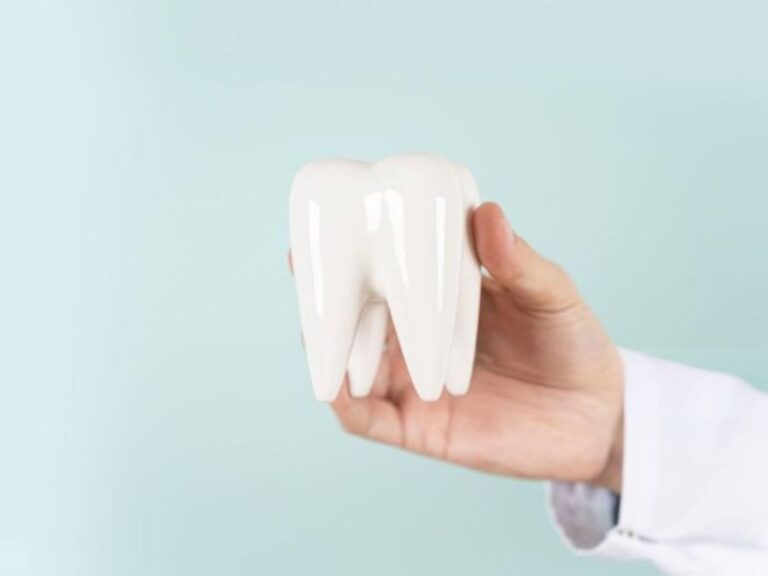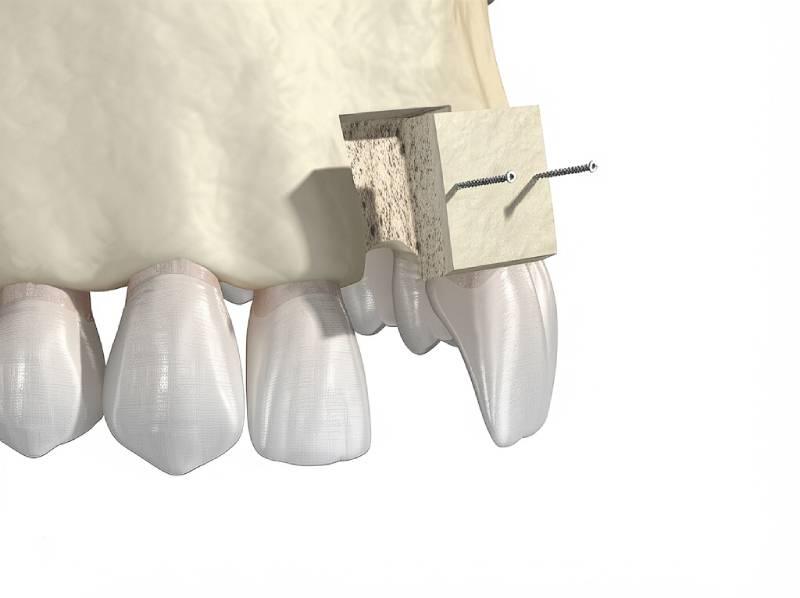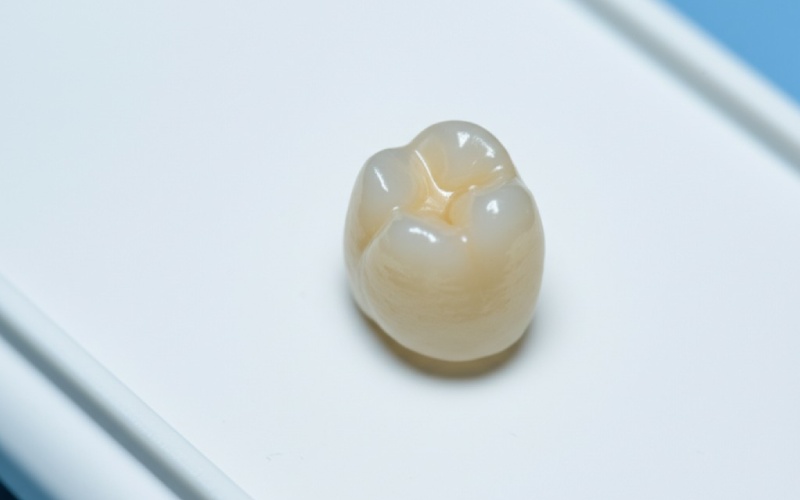
Zirconia Crowns: An Easy Guide to Prep, Benefits, and What You Need to Know
That Trip to the Dentist: Worried About “Crown Prep”? You’re Not Alone
You sit down in the dentist’s chair, heart beating a little faster than normal. Your dentist says you need a “zirconia crown,” and now your thoughts are spinning. Maybe you’ve heard of gold and porcelain crowns, but zirconia? What does that mean—and should you worry about how it’s put on? Will it hurt? Is your tooth going to be ground down to nothing? Is this really the best choice for you?
Take a breath—you’re definitely not the only one with these questions.
Dentistry has changed a lot over the years. Zirconia crowns are making things better, giving people strong, real-looking teeth that last. Still, you might wonder—what’s involved in getting one, and what makes a zirconia crown special?
This guide will walk you through what a zirconia crown is, how your dentist will get your tooth ready, and why those steps matter. We’ll also talk about what it feels like, how to look after your crown, and how you can make good choices for your mouth.
Table of Contents
1. What Is a Zirconia Crown—and Why Are People Talking About Them?
Let’s start easy: What is a crown, anyway?
A dental crown is a custom-made “cap” that the dentist puts over a tooth. You get one if a tooth is weak from a cavity, a break, or after a big filling or root canal. The crown protects your tooth, fixes its look and shape, and makes it strong again.
Now—what’s different about a zirconia crown?
Zirconia is a fancy type of ceramic. If porcelain is like your mom’s nice, fragile dinner plate, zirconia is more like that tough plate you can drop without breaking. It’s white, very strong, and these days dentists use it a lot. They like it because it’s tough, it gets along with your body (so your gums won’t get upset), and it looks a lot like real teeth.
So why are zirconia crowns showing up everywhere? Because they have the strong feel of metal but look natural like porcelain. They don’t chip or crack easily, and now that the material looks even better, they can look just like your real teeth.
Big Idea: A zirconia crown is a modern, tough, and real-looking “helmet” for a damaged tooth.
2. The Science Made Simple: Why Use Zirconia?
Let’s go nerdy, but keep it simple:
Think of your tooth like a tiny house. If the roof or wall has a crack, you need to patch it so the house stays safe. That’s what a crown does—it’s a protective cap. The crown material has to be strong, fit well, and look good. That’s where zirconia is great.
Why Do Dentists Go for Zirconia?
- Strength: Zirconia is about five times stronger than regular porcelain. It stands up to hard chewing—even for people who like crunchy foods or grind their teeth.
- Looks: New zirconia lets light pass through like real tooth enamel—so your crown won’t look dull or fake.
- Gentle on Gums: Zirconia doesn’t usually bother your gums or cause allergies.
- Kind to Other Teeth: Done right, zirconia won’t wear down the teeth across from it, so your other teeth stay healthy too.
Are There More Than One Kind? (Yes!)
- Monolithic Zirconia: The whole crown comes from one solid piece. Super strong—best for back teeth where you chew a lot.
- Layered Zirconia: Has a zirconia middle with a nicer-looking porcelain layer over it. These look the best up front, but don’t hold up as well as solid ones.
Fun Fact: Studies say over 95% of zirconia crowns are still working after five years—that’s as good as (or better than) other crown types!
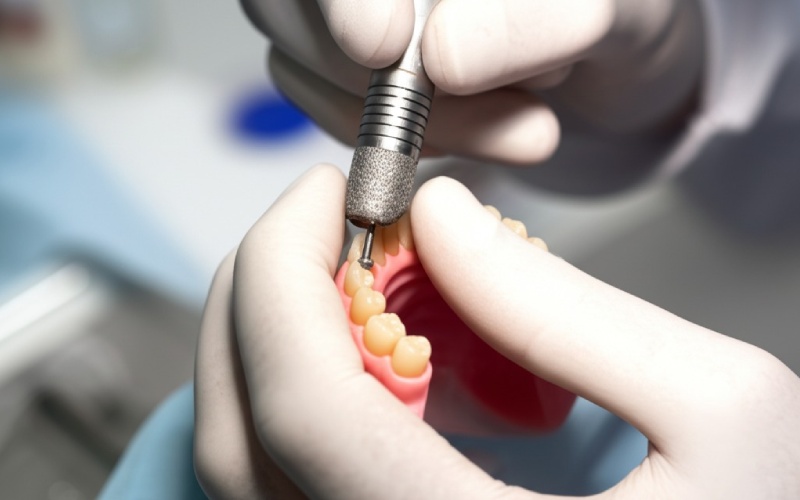
3. How Does Crown Prep Work? (Don’t Worry—Here It Is in Plain Words!)
If you worry your tooth will be ground down to a little nub—relax. Dentists today try to keep as much tooth as possible while still giving your smile the strength it needs. Here’s what really happens:
What’s the Prep Like?
When your dentist gets your tooth ready for a zirconia crown, they shape it carefully so it’ll fit under a tiny armor shield.
Here’s the step-by-step:
1. Numbing You Up
You get a shot to make the area numb. You won’t feel pain.
2. Taking Out the Bad Stuff
They gently remove any rotten spots, old fillings, or cracks.
3. Shaping the Tooth
- Chewing Surface: Dentist takes away 1 to 1.5 mm for a solid zirconia crown, or 1.5 to 2 mm for a layered crown. Why? So the crown can be strong but doesn’t look big or bulky.
- Sides of the Tooth: About 1 to 1.5 mm comes off the sides too. That way the crown won’t be too skinny (which could break) or too fat (which would look weird).
- Edge of the Prep: The dentist shapes the edge with a “rounded shoulder” or “heavy chamfer”. In other words, they make a smooth bump instead of a sharp edge. This makes sure the crown fits tight, so germs can’t sneak in.
4. Smoothing Sharp Angles
Sharp corners can create cracks in the crown later. So, your dentist smooths things out to help the crown last longer.
5. Checking the Space
They double-check there’s just enough room for the crown, but not too much—saving your healthy tooth is always the goal.
6. Polishing
The dentist makes everything smooth so glue sticks better and your tooth’s shape can be copied right.
Why So Careful With All These Steps?
Why the measuring and fussing? Not enough space, and the crown will be too thin and might break. Too much, and you lose too much tooth and might get sensitive teeth.
Dental groups like the American Dental Association (ADA) say you need:
- For solid zirconia: at least 1 mm all around (front teeth can be a bit less).
- For layered zirconia: 1.5 to 2 mm for the top part.
It’s a Goldilocks thing—not too little, not too much, but just right.
4. What Happens Before, During, and After Preparation
Wondering: Will this hurt? How long will it take? What about afterward?
Let’s break it all down.
Before the Procedure
- Checking Things Out: Your dentist takes x-rays and maybe scans to see the tooth and root clearly.
- Talking It Over: They explain your choices (zirconia or something else) and what will happen.
- Pick Your Shade: They pick a shade to match your other teeth—sometimes under bright lights or even sunlight.
During the Procedure
- Numbing the Tooth: Local anesthesia keeps you comfortable.
- Keeping Things Dry: Sometimes a special sheet blocks spit from the tooth.
- Shaping: Your dentist does the steps we covered above.
- Impression: They use a mold or a scanner to copy your tooth’s shape. Scans are fast and very exact.
- Temporary Crown: You get a “stand-in” crown while your real one is made. This keeps your tooth safe and lets you eat and smile as usual.
After Crown Prep
- Sensitivity: Some people feel a little sore or sensitive to cold or biting for a few days. Usually goes away.
- Temporary Crown Care: The temp crown isn’t as strong or as shiny—so chew on the other side and call your dentist if it gets loose.
- Getting Your Final Crown: In about 1–2 weeks, you go back. The dentist checks the fit and look, and glues it in if all’s good.
Most people are surprised by how easy and smooth it is!

5. Your Other Choices: How Does Zirconia Compare?
Not all teeth are the same—and crowns aren’t either! Let’s look at your options, so you can pick with confidence.
Zirconia Crowns: What’s Good
- Very strong: Handles even big bites, chewers, and teeth grinders.
- Long-lasting: Over 95% hold up after five years.
- Looks real: New types look as good as porcelain, and don’t chip as much.
- Friendly for Gums: Not likely to cause allergies or sore gums.
Some Downsides
- Cost: May cost a bit more than porcelain-on-metal crowns, but prices are dropping.
- Needs Skill: Needs a careful dentist, but in good hands, that’s not a worry.
- Chipping for Fancy Types: Layered zirconia (with that extra pretty top) can chip—still less than old-style porcelain, though.
Other Kinds of Crowns:
- Porcelain-on-Metal (PFM): Strong and cheaper, but sometimes show a dark line at the gum and may not match your gum as well as zirconia.
- All-Porcelain (E.max): Look great, not quite as tough as zirconia—best for front teeth.
- Gold: Very durable and lasts long, but not everyone wants gold in their smile.
Short version: For strength, durability, and good looks, zirconia is pretty tough to beat.
6. Who Should Think About a Zirconia Crown?
Zirconia crowns could be for you if:
- You have a back tooth that takes a lot of chewing.
- You grind or clench your teeth.
- You want a crown that looks real, with less risk of a dark gum line.
- You react to metals like nickel.
- You want something that lasts (many crowns last 10–15 years or more with good care).
- You like using the newest, faster digital dental tech.
Are there times when another crown is better? For front teeth that have to be super lifelike (like for movie stars), all-porcelain might beat zirconia for looks. But your dentist can help balance what matters most: beauty or function.
7. How to Get the Best Results: Your Part in Making It Last
You’re not done after the crown goes on. Taking care of it is just like looking after your other teeth. Here’s how you help your crown last as long as possible:
Daily Care
- Brush and Floss: Twice a day. Be gentle, but thorough around your crown.
- Skip Hard Things: Don’t crunch ice, hard candy, or chew on pens—these can break even the best crowns.
- Dental Visits: Go every six months to catch small issues early.
Eating Tips
- Go Easy at First: Eat soft foods right after the new crown is put on.
- Later: You can eat most foods but don’t make a habit of cracking nutshells with your teeth!
Watch for Problems
- If your bite feels off or the crown gets loose, call the dentist soon.
- Red or sore gums: Could be an infection or fit problem—check it out.
Why Do Crowns Ever Fail?
Crowns rarely fail, but it can happen—for example:
- Bad dental care (cavities near the edge)
- Biting super-hard things
- Skipping checkups
- Cheap online crowns—don’t trust these!
8. The Bottom Line: A Stronger, Healthier Smile
Let’s sum it up:
Zirconia crowns are the new main choice for fixing teeth. They’re strong, look natural, are easy on your gums, and can last a long time. The prep is careful and saves as much of your real tooth as possible.
Here’s what matters:
- Most people feel little or no pain during or after getting a crown.
- The process is all about strength, a good fit, and protecting your tooth for years.
- Zirconia works almost anywhere but is best for back teeth and big chewers.
- Good brushing, flossing, and dentist visits help your crown last 10 or even 15 years.
- Talk about cost, looks, or material worries with your dentist—there’s nearly always a good option for you.
Last thing: Your smile is more than just teeth—it’s how you show confidence, comfort, and happiness. If you need a crown, zirconia could be the strong, smart, good-looking fix you want.
FAQ About Zirconia Crowns
Does getting a zirconia crown hurt?
Most people have little or no pain. Your dentist uses numbing and any aching later is usually small and goes away fast.
How long does the whole thing take?
From start to finish, it’s about 1–2 weeks. The first visit takes an hour or so.
How do I know if zirconia is right for me?
Your dentist will look at where the tooth is, how your bite works, what kind of look you want, and any allergies. Be honest about your hopes and worries—they want you to feel good about your choice!
What You Can Do Next
- If you have a tooth needing a crown, ask your dentist, “Would zirconia work for me? What are the good and bad points in my case?”
- Don’t be shy—ask to see before/after pictures or ask your dentist how they make sure a crown lasts.
- If you’ve got gum disease or complicated tooth problems, talk that through first—you might need extra steps.
- Keep brushing, flossing, and seeing your dentist and hygienist.
Your best smile is always worth it. If you’re on the fence, just set up a visit and bring all your questions—your dental team wants you to understand your choices and feel confident at every step!

